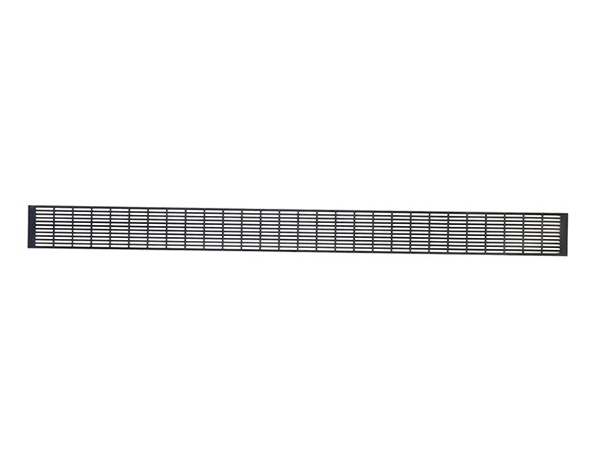News
Site Editor
 Site
https://leonetworkgroup.usa18.wondercdn.com/uploads/image/5fe152faa587d.png
A patch panel is a piece of hardware with multiple ports that helps organize a group of cables. Each of these ports contains a wire that goes to a different location. Patch panels can be quite small, with just a few ports, or very large, with many hundreds of ports. They can also be set up for fiber optic cables, cat5 cables, RJ45 cables, and many others.
Site
https://leonetworkgroup.usa18.wondercdn.com/uploads/image/5fe152faa587d.png
A patch panel is a piece of hardware with multiple ports that helps organize a group of cables. Each of these ports contains a wire that goes to a different location. Patch panels can be quite small, with just a few ports, or very large, with many hundreds of ports. They can also be set up for fiber optic cables, cat5 cables, RJ45 cables, and many others.
Patch Panel: What it is and Why Your Data Center Needs it
Views: 2125
Author: Site Editor
Publish Time: 2021-05-25
Origin: Site
What is a Patch Panel?
A patch panel is a piece of hardware with multiple ports that helps organize a group of cables. Each of these ports contains a wire that goes to a different location. Patch panels can be quite small, with just a few ports, or very large, with many hundreds of ports. They can also be set up for fiber optic cables, cat5 cables, RJ45 cables, and many others.
What is a Patch Panel Used for?
Patch panels connect various IT devices together. They are in many different environments including communications closets, telephone company central offices, and data centers. Understanding the role they play can help to determine if your facility requires a patch panel, and if so, how to set it up.
Each port in a patch panel goes to a different device somewhere in the facility. Each panel bundles all the connections together in order to connect to another network. This is often how a LAN connects to a WAN, or to the Internet. Patch panels are also commonly used in facilities with a lot of telephone lines, in which one mainline is used for all phones.

Advantages of Patch Panels
Patch panels are an important piece of equipment in the data center. Using a patch panel comes with many advantages that make it well worth the investment. Some of the most significant benefits of using patch panels include:
Scalability--After installing a patch panel, you can easily add new devices without having to run new cables end-to-end.
Reduces Cable Clutter--Patch panels are typically located closer to the actual equipment. This makes it possible to use a shorter patch cable. From the panel, a fiber optic or other high capacity connection runs to the next network or the internet.
Inexpensive--Patch panels aren’t considered “smart” devices in that they don’t perform any function other than facilitating the passing of data. This means they are very inexpensive.
Lowering Cable Cost--Having a patch panel allows you to use shorter cables, which cost less than longer ones. Typically, you can also use inexpensive cat-5 cables to get to the patch panel rather than costly fiber optics.

Easier Maintenance--If you ever need to run a test cable, test a port, or perform any other common maintenance tasks, it can be done more quickly and is much easier than if each device had a cable run to its final destination.
Patch panels are one of the oldest types of technical equipment still popular today. They are quite simple in their design and function, but still, help to improve the organization and function of a data center or almost any other environment with lots of equipment.
Patch Panel Cable Management System
With dozens, or even hundreds, of cables coming into and out of a patch panel, it can be easy for things to become quite tangled and messy. Unorganized cables can make troubleshooting much more difficult, and can even lead to outages if someone unplugs the wrong cable. This is why it is critical to keep organization in mind from the first cable you plug in. There are many things that a person can do to help keep a patch panel organized, including:
Labeling Cables--All cables should be properly labeled at both ends, and in many cases, along the middle as well. Having labels on the cables will make it easy for technicians to confirm they are working on the right lines.
Patch Cable Organizers--Patch cable organizers allow you to run lines neatly and evenly to each port so you can see exactly where things are coming from and going to.
Color-Coded Cables--Using color-coded cables will allow you to quickly identify what type of cable is in each place.
Zip Ties--Using zip ties to bundle cables that are going to the same server rack or other location will help keep things looking neat and organized.
The most important thing when it comes to patch cable management is having a good plan right from the beginning. It is much easier to spend a little extra time coming up with a good way to run your cables than it is to try to untangle hundreds of wires down the road.
If you want to know more about industrial network cabinet,china fiber optic splice closure,china fiber optic distribution box,please consult the fiber optic splice closure factory





